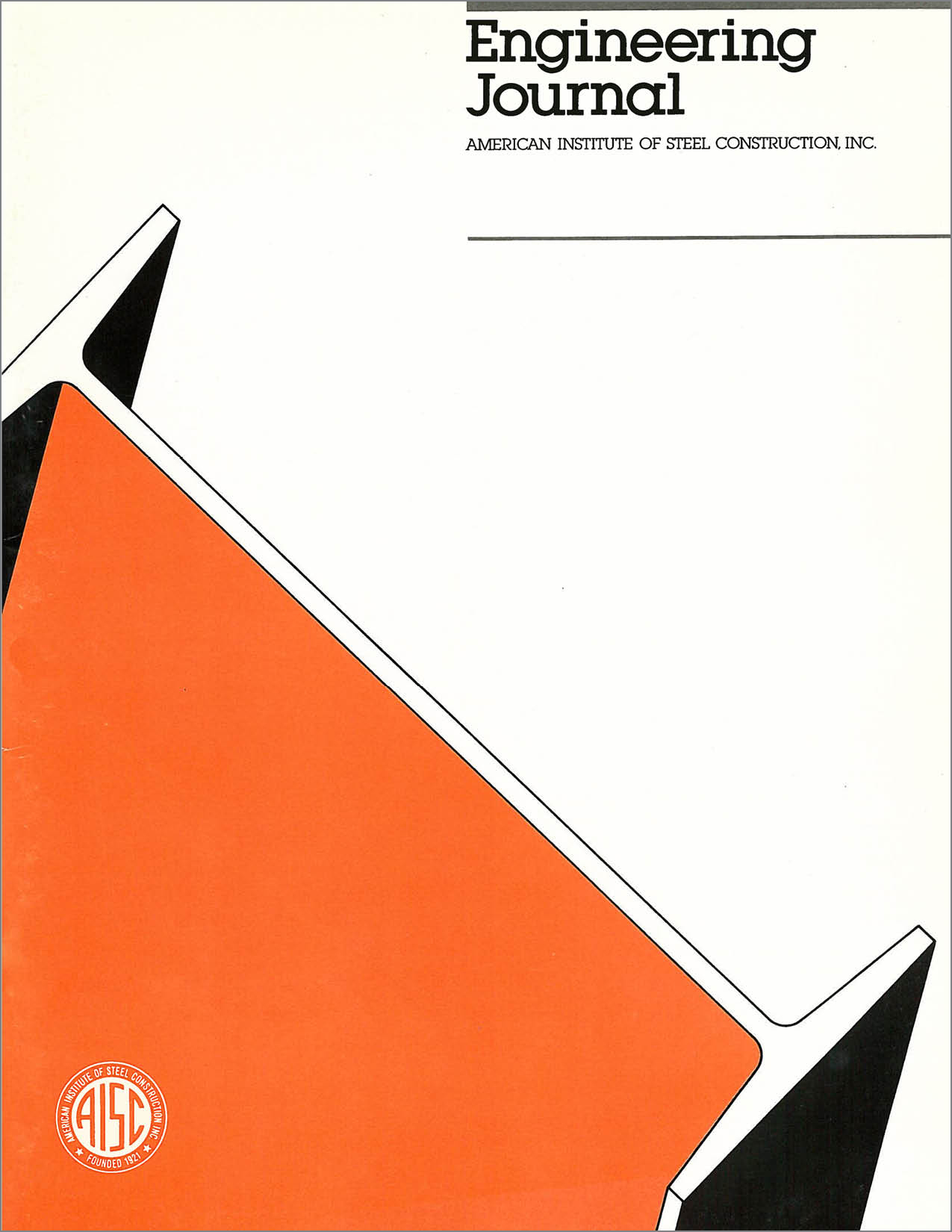Beam Design in PR Braced Steel Frames
DOI:
https://doi.org/10.62913/engj.v28i3.1277Abstract
Recent American and European Codes allow the actual behavior of joints to be taken into account in frame design. The AISC-LRFD specifications introduce the concept of partially restrained construction and state the basic design requirements. Eurocode 3 permits "semi-continuous" frames and specifies basic criteria for the analysis of this type of structure as well as for the classification and modeling of the moment-rotation of beam-to-column joints. This consistent development in Code recommendations recognizes, on the one hand, the significant influence joint response has on the overall frame performance; on the other hand, it reflects a state of knowledge which is now sufficient to enable practicing engineers to undertake the design of partially restrained frames at the required level of reliability. Studies of the stability of this form of framework were recently carried out, the main problems related to the analysis investigated, and design methods established. The most important aspect, as to practical purposes, is the capability of approximating the moment-rotation curve of the joint. Satisfactory prediction models were proposed in the past few years, covering the most popular connection forms. Research work is currently underway to set up more refined models as well as to extend their scope.

